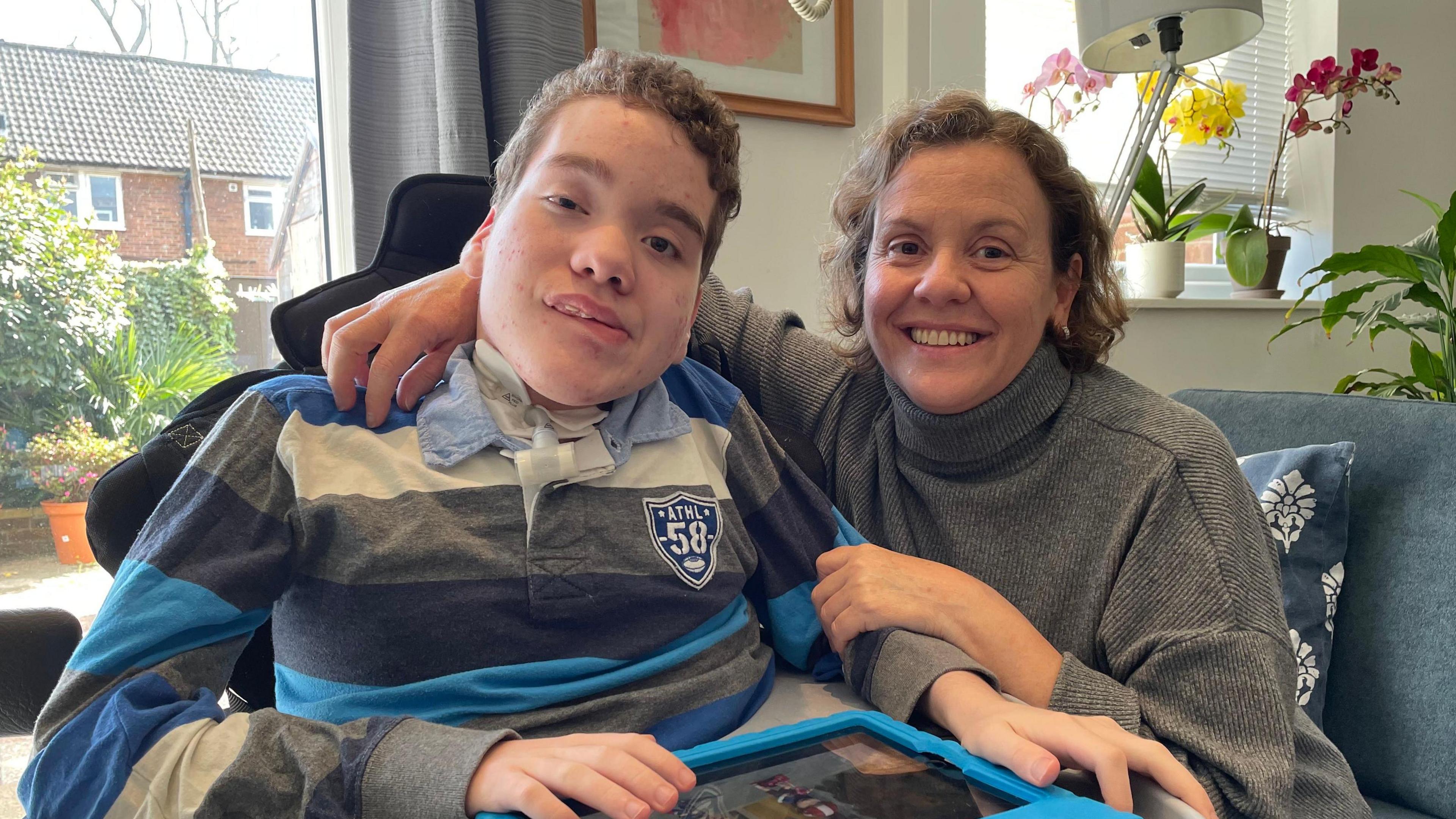'At Evelina we look after the child and the family'
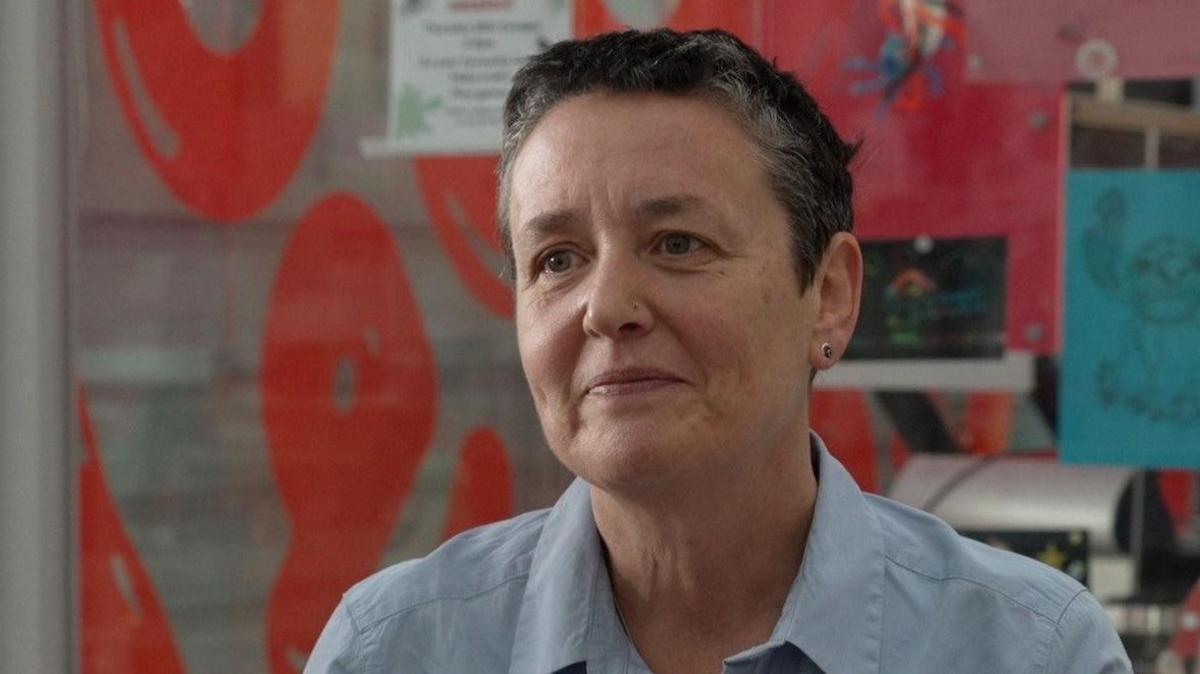
Medical director Dr Sara Hanna looks back at 20 years of care at the hospital
- Published
It doesn't look like a hospital entrance, but it is not supposed to. A giant slide sits in the lobby, rocket-shaped lifts stand at each end and toys everywhere welcome young people to the Evelina outpatients department.
When it opened in 2005 Evelina London Children's Hospital was the first new children's hospital built in the capital for more than 100 years. Today it cares for about 100,000 young people a year.
While the slide is still there, the medical care has changed dramatically in the past 20 years across 30 different specialities.
The Evelina's medical director, Dr Sara Hanna, remembers the first day well.

The children's hospital was designed to feel different to a traditional hospital
"Vividly, actually," she told me. "I'm an intensive care doctor and we needed to move the children from the intensive care unit at Guy's.
"I remember being in the ambulance and taking the first child over to our new intensive care unit. It was completely different in terms of the facilities and the space that we had before."
The central London hospital's wards were designed differently, too, with curves built in rather than the traditional straight lines of regular hospitals. And pull-down beds were installed next to patients so their parents could spend the night.
Dr Hanna added: "It is unique, because you look after the child but you also look after the family.
"You think about the child not just in terms of the disease or illness that they're dealing with at the time, but actually how this affects their life now and into the future."
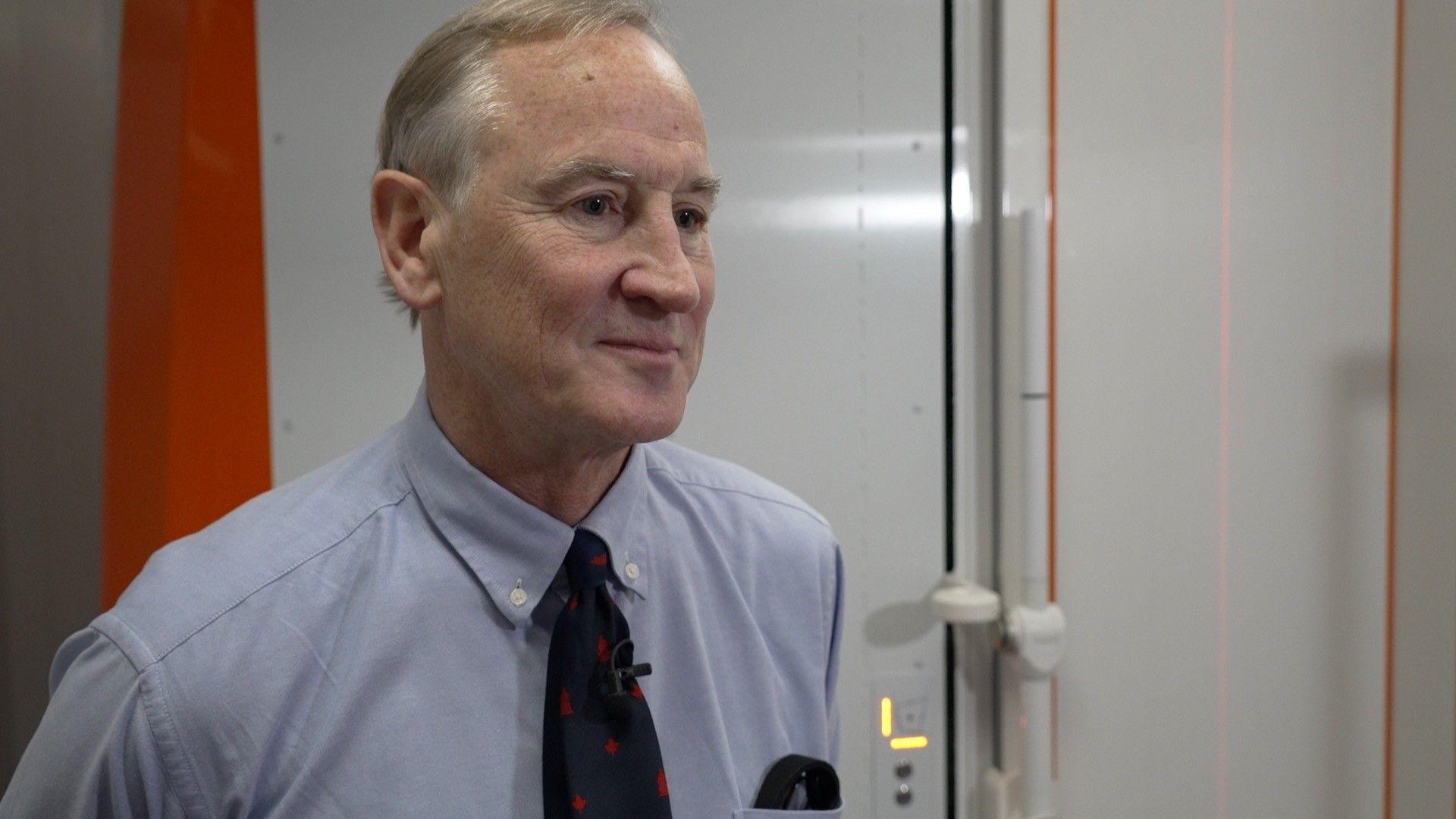
Consultant spinal surgeon Jonathan Lucas said their new machine could lower the dose of radiation
We caught up with 15-year-old Bobbi from Eastbourne and her mother Kelly.
Bobbi, who was scheduled for an X-ray on her back, had it done with a new machine called the EOS, which is often used to treat patients with scoliosis and other spine conditions.
Consultant spinal surgeon Jonathan Lucas explained its benefits.
"The radiation dose of this compared to conventional X-rays is about 80% less," he said. "For the follow up X-rays, we can then reduce that even further to about 90% of the radiation dose that we used before."
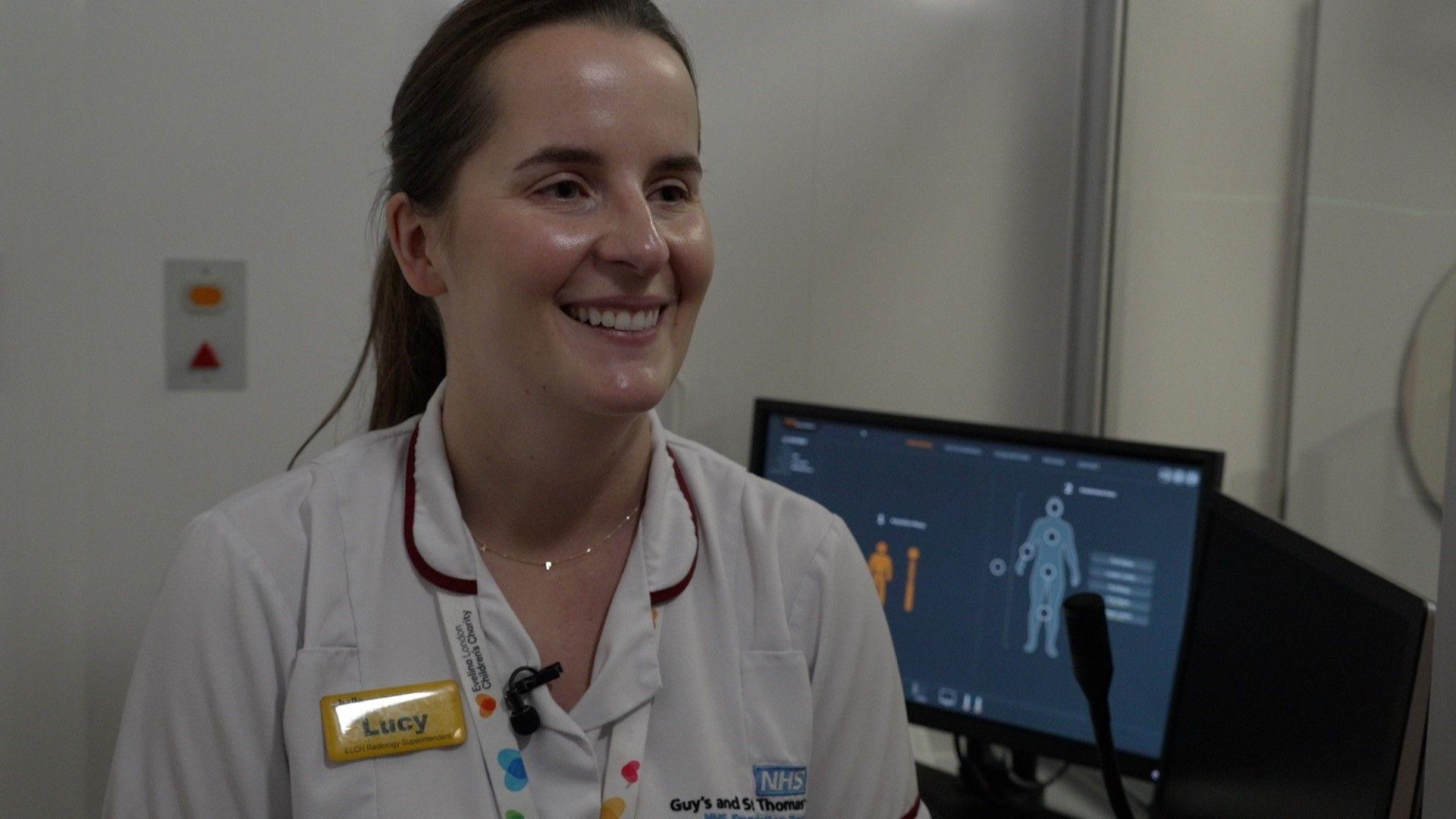
Superintendent radiographer Lucy Clough said their EOS machine took a "fraction of the time" to use
Kelly said she was amazed by the "lightning-quick" machine.
"It's good for Bobbi because she was a little bit anxious but she's done great, out super quick and very happy," Kelly said.
Superintendent radiographer Lucy Clough said faster tests were better for the patients and the hospital.
"Everyone is so surprised how quick it is," she said. "We've gone from processing cassettes in our old department to this new piece of equipment that takes a fraction of the time.
"We've seen so many more patients and the feedback has been absolutely brilliant."
The original Evelina Hospital was funded in 1869 by Baron Ferdinand de Rothschild after his wife, Evelina, died in childbirth.
It was on a nearby site - only the outer walls remain in a nearby park.
Listen to the best of BBC Radio London on Sounds and follow BBC London on Facebook, external, X, external and Instagram, external. Send your story ideas to hello.bbclondon@bbc.co.uk, external
Related topics
- Published27 February
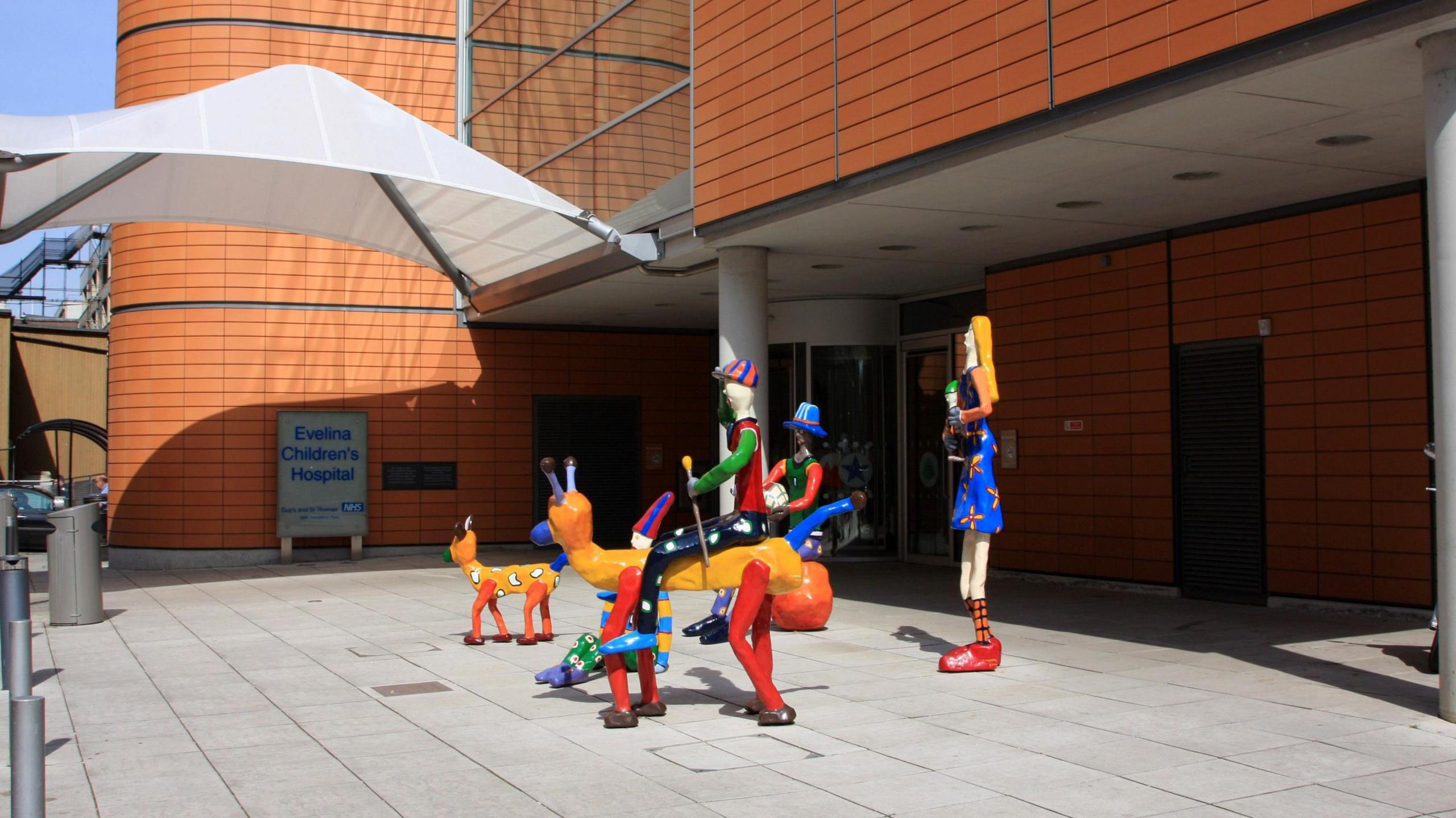
- Published21 April
